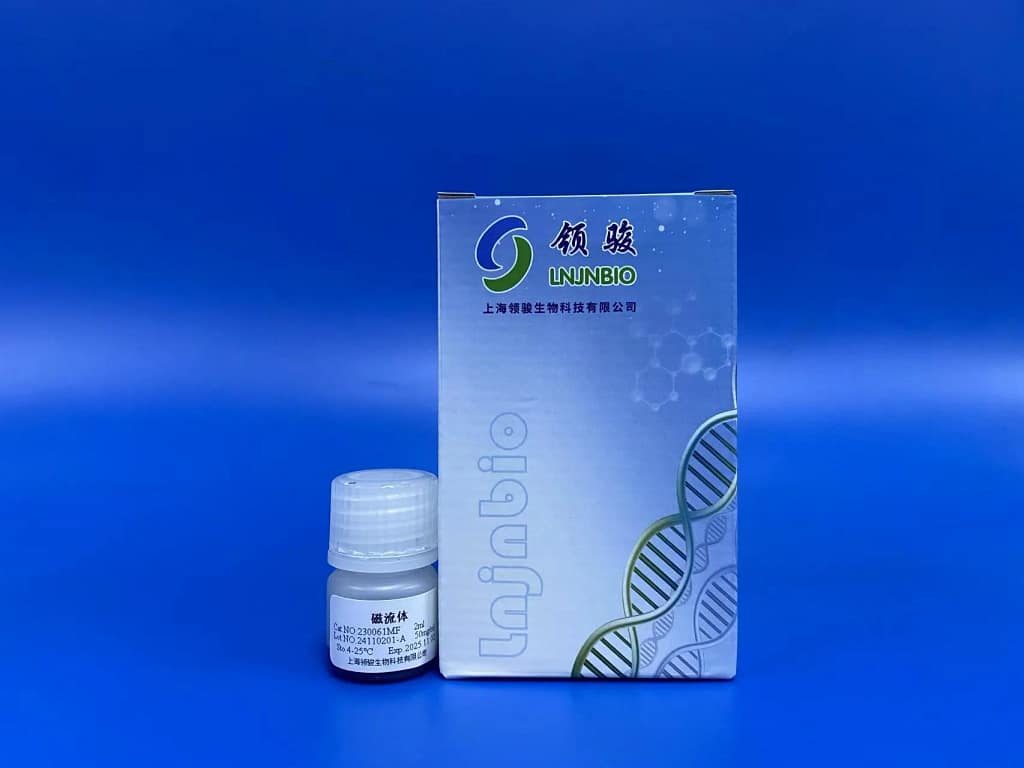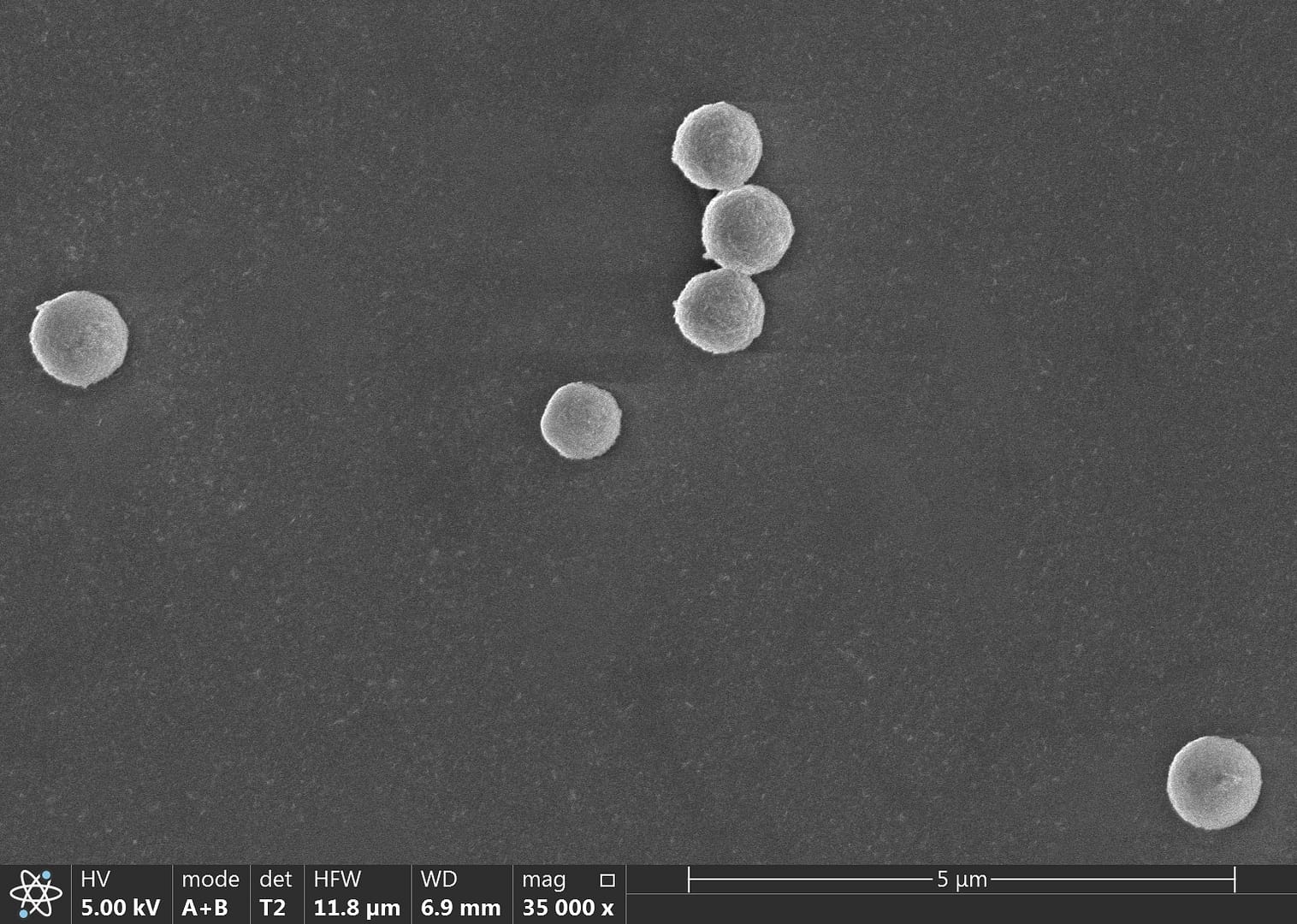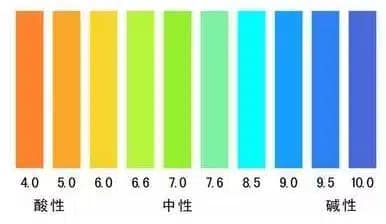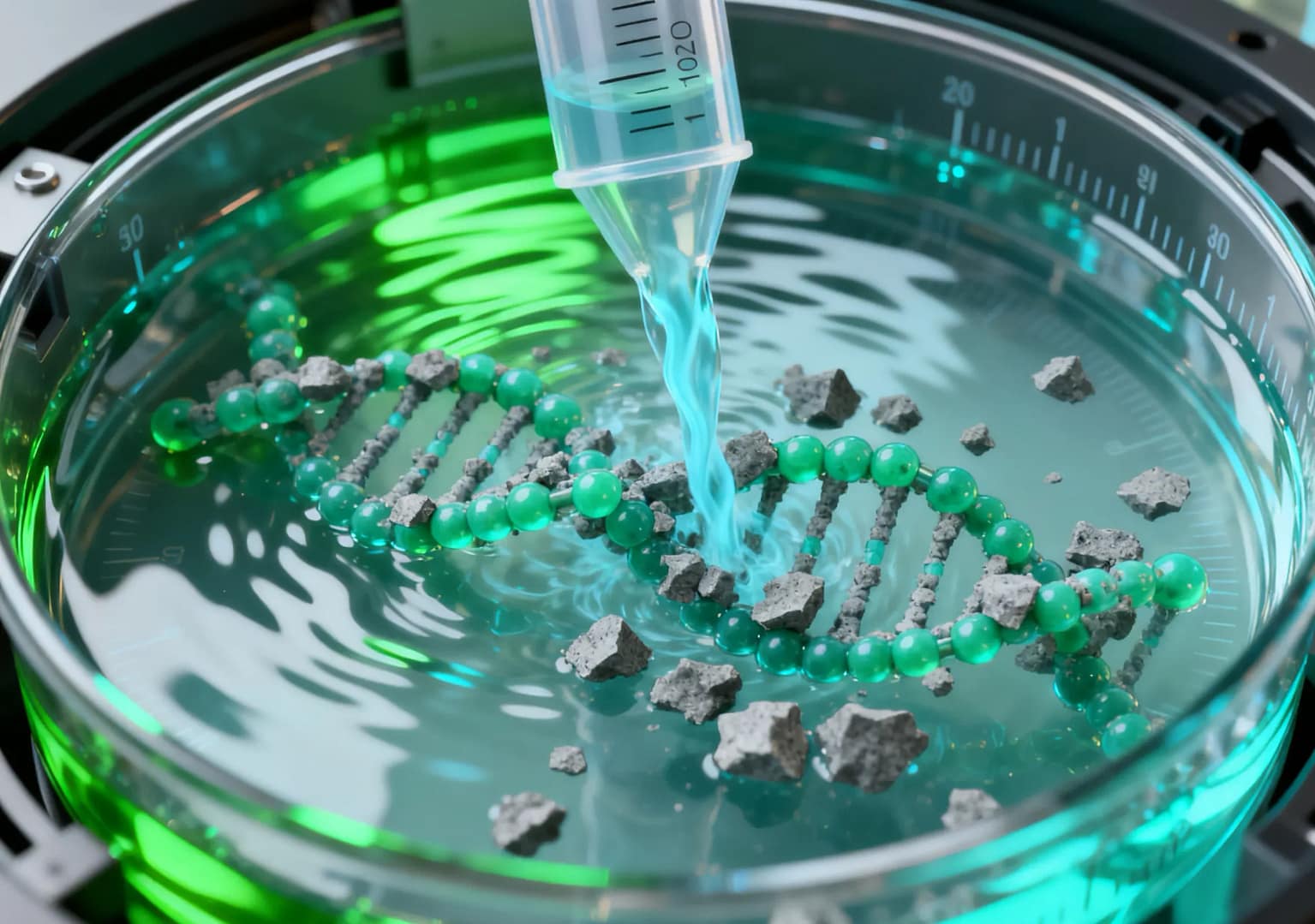Professional Manufacturer of Biomagnetic Beads

How Magnetic Fluids Are Advancing In The Biomedicine
In 2025, magnetic fluids, a novel functional material combining the properties of solid magnetic materials with liquid fluidity, are demonstrating significant application potential and market prospects in the biomedical field, leveraging their unique magnetic responsiveness, biocompatibility, and controllability.
1. Market Overview and Growth Drivers
The magnetic fluids market is experiencing significant growth, particularly in biomedical applications. In biomedicine, magnetic fluids can be used in processes such as drug delivery, cell separation, and magnetic resonance imaging. The global magnetic fluids market is currently concentrated in Europe and the United States, with representative companies including American Elements and FerroLabs in the U.S. Chinese domestic enterprises like Jingcheng Electromechanical and Weige Magnetic Fluids are also making continuous efforts, contributing to rising industry optimism.
Key growth drivers include: The acceleration of cell therapy commercialization (e.g., CAR-T, stem cell therapy), which boosts demand for technologies like high-purity cell sorting; The adoption of precision medicine, increasing reliance on advanced materials like magnetic fluids for cancer immunotherapy and rare disease research; and Policy support, such as the goals for the localization of biomedical equipment outlined in China’s 14th Five-Year Plan, creating a favorable environment for industry development.
2. Core Technological Advances and Innovative Applications
In 2025, research into magnetic fluid technology in biomedicine shows trends toward intellectualization, miniaturization, and high precision.
In Drug Delivery and Targeted Therapy, institutions like the Shenzhen Institute of Advanced Technology, Chinese Academy of Sciences, have developed a magnetically driven blood-gel fiber robot. Using the patient’s own blood fibrin as raw material and driven by an externally programmable magnetic field, this robot can achieve precise navigation in complex biological environments like cerebrospinal fluid and deliver drugs to sites difficult to reach by traditional methods, such as intracranial tumors, opening new paths for non-invasive precision therapy.
In the Micro-manipulation and Diagnostics field, Tsinghua University has developed a programmable control platform based on an electromagnetic coil array capable of large-scale, independent control of magnetic fluid droplet robots. This platform shows potential in digital microfluidics, information encoding, and fluid mixing, providing a technical foundation for future development of novel biomedical microfluidic devices (e.g., organ-on-a-chip).
Furthermore, significant progress has been made in the application research of magnetic hydrogels, an important class of stimulus-responsive materials, in areas such as tissue engineering, wound healing, and magnetic resonance imaging (MRI).

3. Continuous Expansion of Application Areas
The applications of magnetic fluids are moving from basic research to broader clinical scenarios:
- Disease Treatment: In cancer therapy, magnetic fluids can be used for magnetic hyperthermia (killing cancer cells by generating heat via an alternating magnetic field) and targeted drug delivery.
- Medical Diagnosis: Serving as MRI contrast agents to improve image clarity and diagnostic accuracy.
- Bioprocessing: In the biopharmaceutical industry, equipment using magnetic levitation technology (e.g., bearingless pumps) can gently handle shear-sensitive cells and biological agents, ensuring product quality.
- Surgical Assistance: Newly emerging magnetic fluid anchoring devices can be used in operating rooms to provide stable fixation and flexible positional adjustment for medical equipment.
4. Challenges and Future Outlook
Despite promising prospects, the development of magnetic fluids in biomedicine faces challenges. These include: the need for improved technical maturity, such as enhancing their stability and controllability in complex biological environments; balancing the cost and control precision of large-scale production; furthermore, navigating stringent regulatory approval processes and ensuring biosafety are hurdles that must be overcome for clinical application.
Looking ahead, deeper integration of technologies like artificial intelligence and microfluidics with magnetic fluid technology is expected to significantly enhance its application precision and automation level. Concurrently, innovation in the materials themselves, such as developing new composite magnetic fluids, will continuously expand their functional boundaries. In the foreseeable future, magnetic fluids are poised to play a more critical role in cutting-edge fields like precision medicine and regenerative medicine.
Supplier
Shanghai Lingjun Biotechnology Co., Ltd. was established in 2016 which is a professional manufacturer of biomagnetic materials and nucleic acid extraction reagents.
We have rich experience in nucleic acid extraction and purification, protein purification, cell separation, chemiluminescence, and other technical fields.
Our products are widely used in many fields, such as medical testing, genetic testing, university research, genetic breeding, and so on. We not only provide products but also can undertake OEM, ODM, and other needs. If you have a related need, please feel free to contact us .






